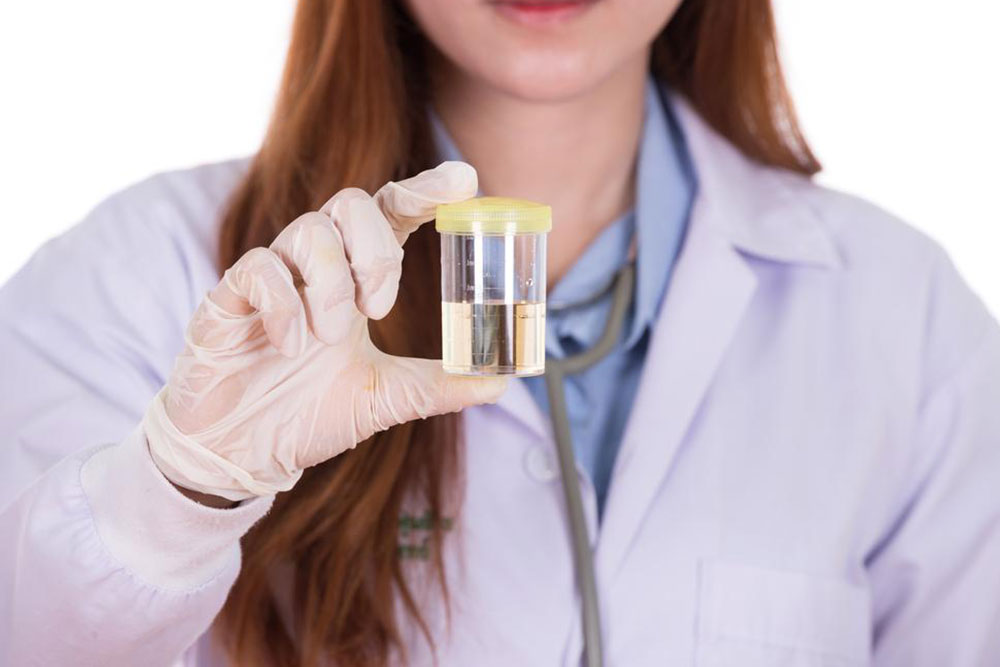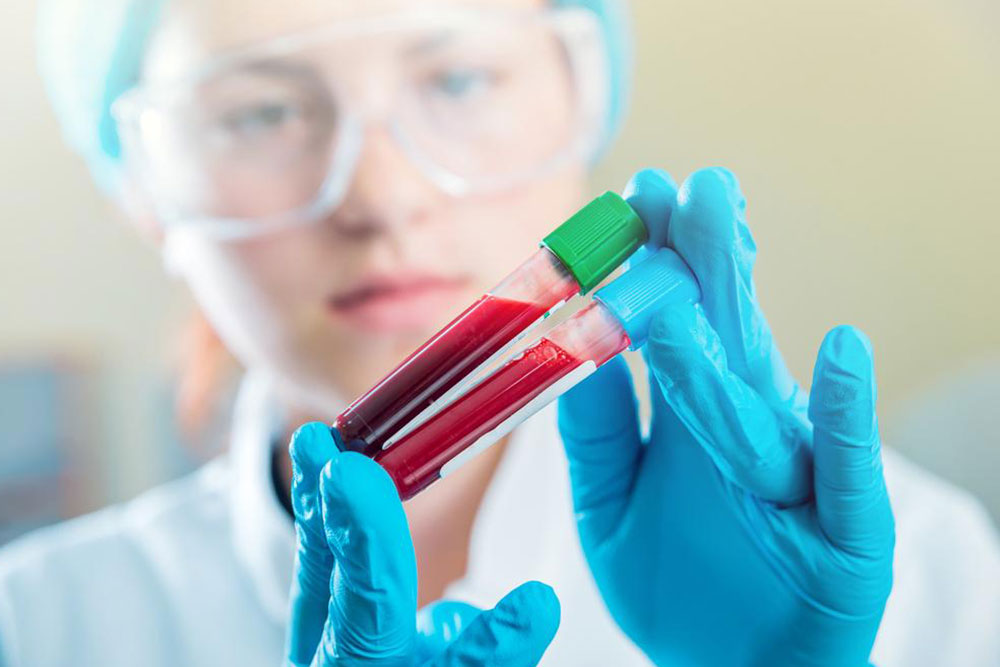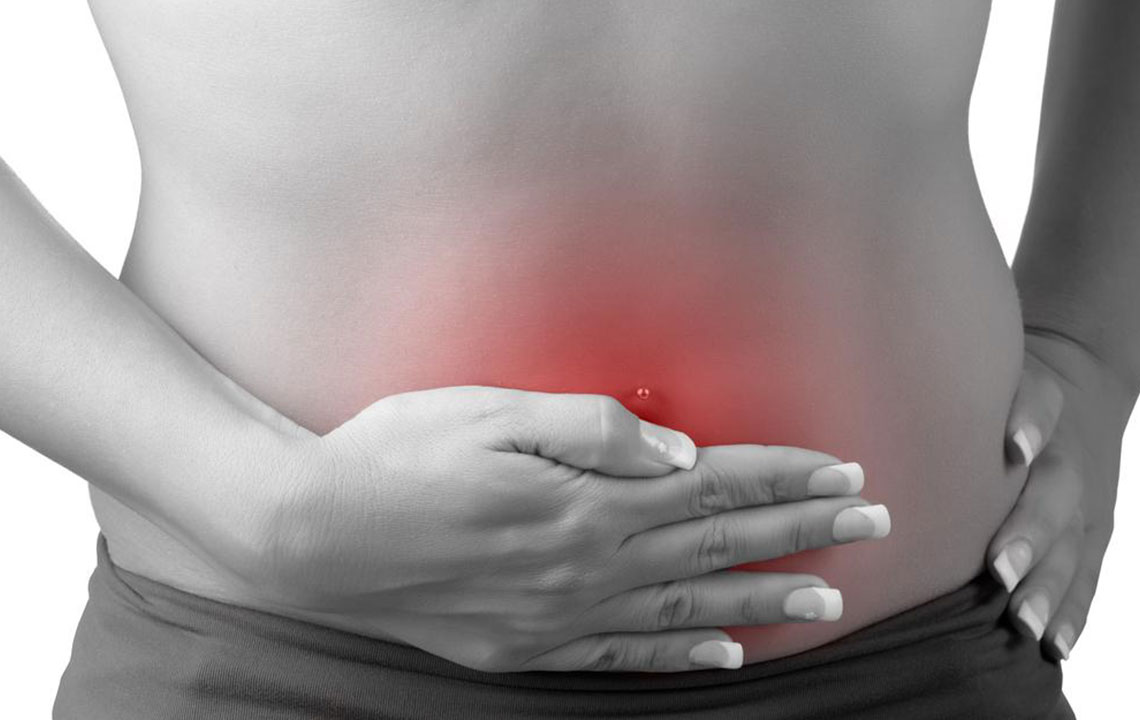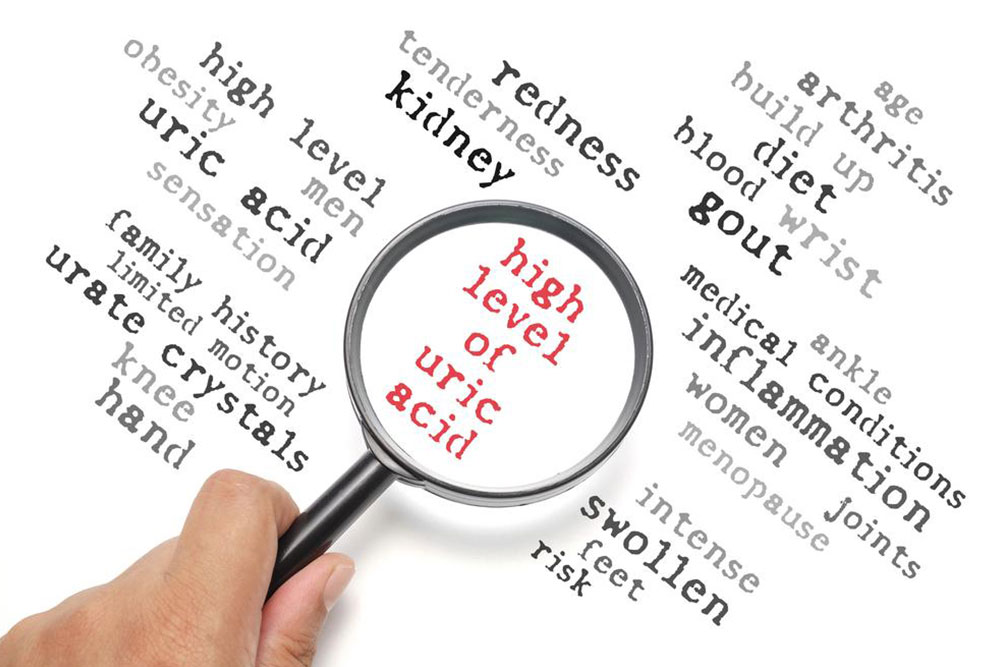Understanding Urinary E. coli Infections: Causes, Symptoms, and Treatment
This article offers a comprehensive overview of E. coli infections in urine, highlighting causes, symptoms, and effective treatment options. It emphasizes the importance of early diagnosis and proper hygiene to prevent severe complications. Suitable for those seeking to understand urinary tract infections caused by bacteria, especially E. coli, and how to manage or prevent them. Learn about risk factors, signs to watch for, and the necessity of medical intervention to protect kidney health and overall well-being.

Understanding Urinary E. coli Infections: Causes, Symptoms, and Treatment
Urinary tract infections (UTIs), often caused by bacterial invasion, are among the most common infections worldwide, affecting millions, especially women. E. coli bacteria are a primary culprit, producing toxins that disrupt normal urinary and intestinal functions. This infection is more common in pregnant women, infants, elderly, and immunocompromised individuals. Poor hygiene and unhealthy eating habits are major risk factors. While minor cases can often be managed through improved hygiene and diet at home, severe infections require prompt medical treatment to prevent complications like kidney damage.
Escherichia coli (E. coli) is the leading bacteria responsible for UTIs, with other pathogens such as Staphylococcus saprophyticus, Pseudomonas aeruginosa, and Klebsiella pneumonia also contributing. Common symptoms include frequent urination, reduced urine output, burning sensation, pelvic and lower back pain, foul-smelling urine, and sometimes blood or cloudiness in urine. Without timely treatment, the infection can escalate, affecting the kidneys and leading to serious health issues. Early diagnosis and treatment are crucial for preventing long-term damage and ensuring complete recovery.
Since untreated kidney infections can cause permanent damage, recognizing early signs of E. coli infections is essential. Women are more frequently affected due to anatomical differences, with about half experiencing UTIs annually. Risks increase with kidney stones, nerve injuries, or incomplete bladder emptying. Men with enlarged prostates and women using diaphragms are also at higher risk. Factors like urinary tract abnormalities and resistance to antibiotics can further complicate infections, emphasizing the need for prompt medical attention.










